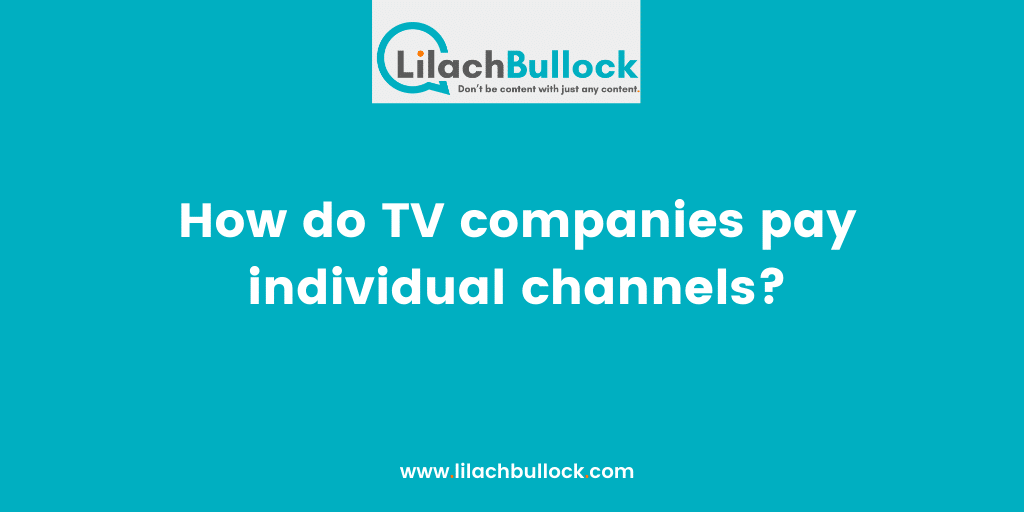Follow Lilach

How do TV companies pay individual channels?
The simplest method of paying subscriptions for your channel is through a bank transfer. Television economics began at a fairly simplified model. If you rewind to Don Draper’s day, you will reminisce that the broadcasting networks send their improvisation signals to all, where they were willing to watch their paid adverts. If you reside in an area where the signals were absent, a request to bring cable to your area with a wire was common, with a mutually agreed charge per month.
Later, it was shifted and exchanged with prime channels which included HBO and Showtime. They relieved their watchers from unwanted ads. However, later these broadcasters consented on using cable as the medium to transmit their show for a fee. This created a disruption where at times, the channel is keen to have the operator or vice versa. This lucrative inequality furthermore exploited the means of the channel to make money or does it make money from advertisements or subscriptions?
It is true at times, the channel needs to make money and they cannot afford it with cheap advertisements or subscriptions. They need to make sales from it and complement their advertising expenditures. At times few channels are available at no cost to air. This makes it difficult for them to change the operator (yet they still wish to charge a fare). This invented two revenue streams eventually. There always are a few bunches of cable and internet service providers that are worth every penny which include spectrum, Xfinity or Mediacom internet to name a few. Whether you are looking for the best cable TV services or internet providers to provide you a steady connection within your budget so you can enjoy your streaming sessions online – you can check one-stop-shop for cable, internet, and phone i.e. LocalCableDeals.com. All you have to do is enter your zip code in the bar in order to determine which providers and packages are serviceable in your area.
One of them is a subscription, while the other one is ads. The operators then make a bundle with packaged programs. The operators get paid more than once. They get paid for:
– Services they provide i.e. bringing your favorite shows to TV.
– Rent set-up procedures.
– The packages you buy.
– Ads in basic channels.
Advice: few channels can save money by carrying all offers themselves. This way they can save a lot of money.
The channels offered in a cable TV package have their shelf value or a price tag. Amongst all, ESPN is an exorbitant channel. The payment is based on subscriber per TV package. The only nightmare for these package holders is when people can get access to their channel without subscribing to a cable station. If there is not a single bundle or package for a channel, channel per price could lose their affordability approach to their loyal customers and won’t survive.
Take home message
As though this change wasn’t sufficient, the cable TV business is presently facing the possibility of a significantly greater move in their plan of action in the form of “cord never”— twenty to thirty-year-old who have grown old with cell phones—sidestep link organizations by and large in order to access an Internet connection—and watch their own recordings videos on the smart devices.
That represents a danger to everybody’s plan of action—from organizations such as ESPN and HBO that sell a premium substance that is costly to generate — for the cable organizations and wireline telephone organizations that present residential access to the internet.
Since the great number of people turns a greater amount of its contracting attention regarding their self-videos or prank/other videos on YouTube and Facebook, a completely different “free” model for watching videos on these platforms is developing, “where content is being created and distributed entirely outside the existing ecosystem, often at a fraction of the cost of traditional linear TV,” said analysts from MoffettNathanson.

Follow Lilach















